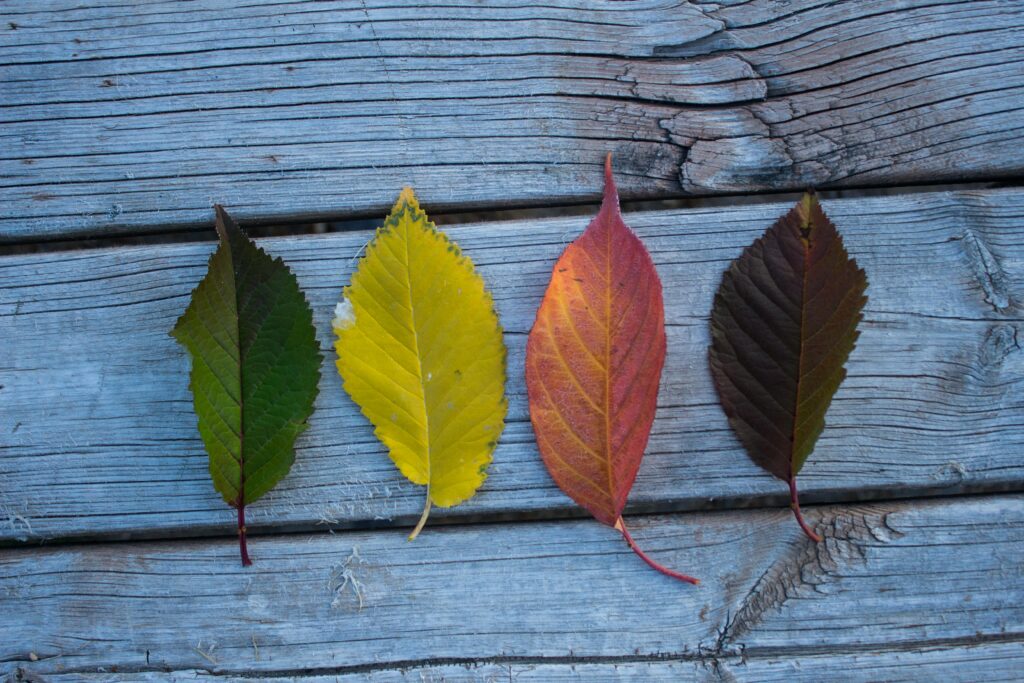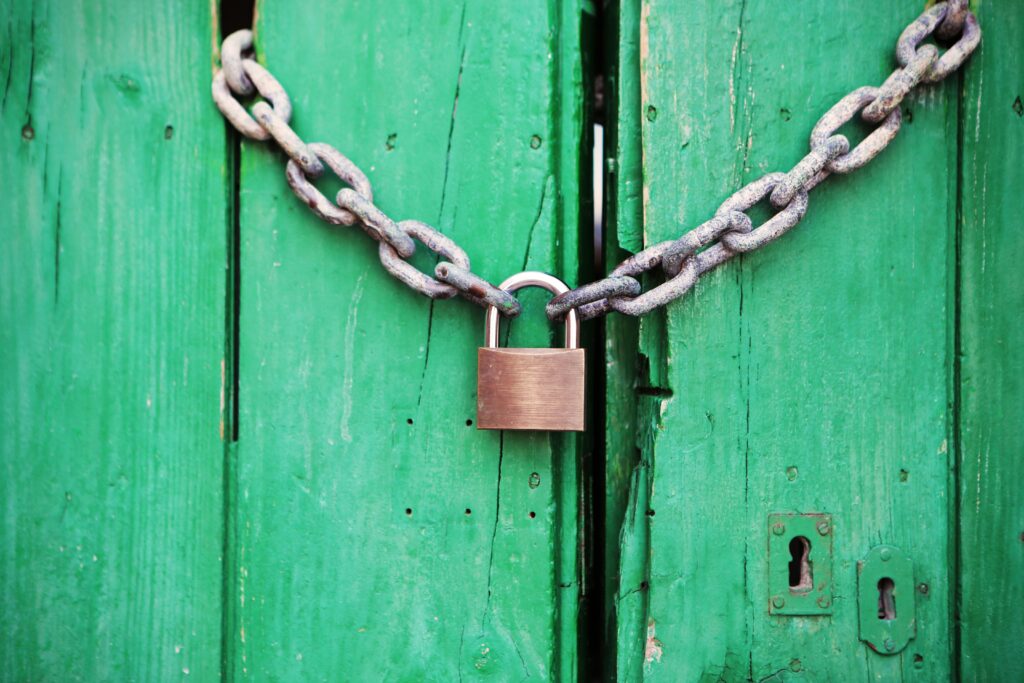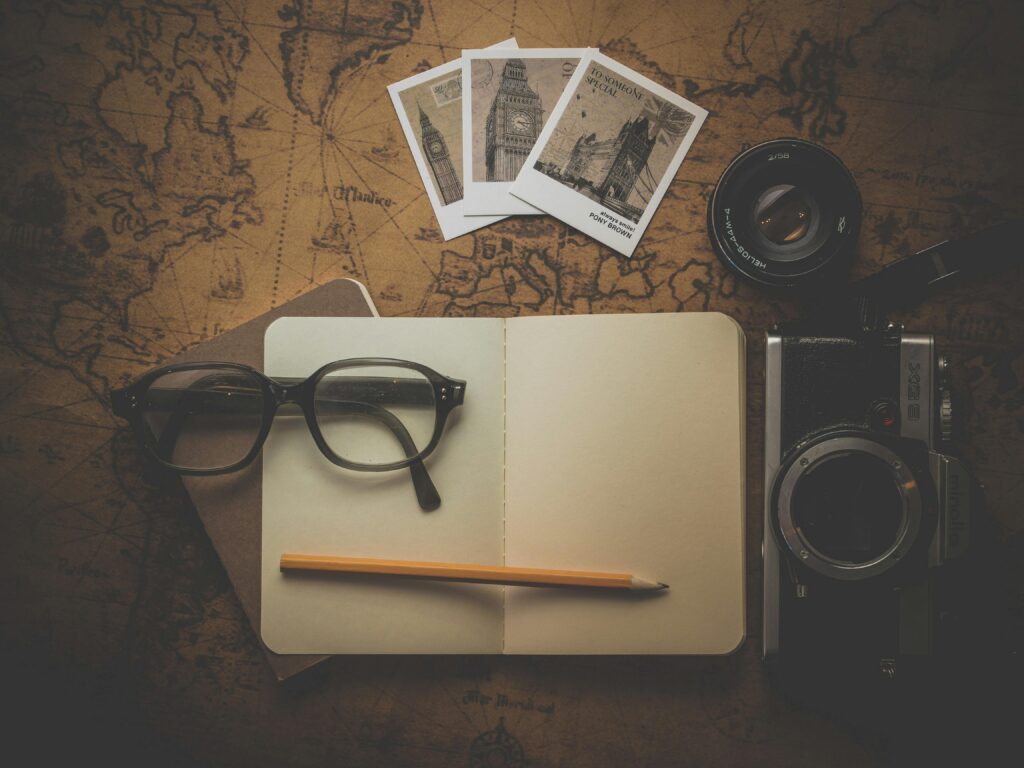When is the best time to visit Delhi or Gurgaon? 🤔 This is one of the most common questions travelers ask before planning their trip. Weather in North India swings from sizzling summers to foggy winters, with monsoons in between. Choosing the right season can transform your experience—from sightseeing comfort to booking prices. Here’s a full seasonal guide to help you plan smart.
🌸 Spring & Early Summer (March – May)
Spring is short but sweet. March brings pleasant days, blooming flowers, and colorful festivals like Holi. By April and May, temperatures rise quickly—reaching 35–40°C. If you’re not used to Indian summers, it can feel intense. Still, you’ll enjoy:
- Lower crowd levels compared to peak winter months
- Discounted rates at some properties
- Longer daylight hours for exploring
Tip: Book properties with reliable air conditioning and backup power. Early mornings and late evenings are still enjoyable for sightseeing.
☔ Monsoon (June – September)
Monsoon brings heavy rain, lush greenery, and humidity. 🌧️ While July and August see frequent showers, September begins to ease. Travel is possible, but be prepared for waterlogging and traffic delays. Why consider monsoon travel?
- Off-season pricing at many stays
- Refreshing greenery across parks and outskirts
- Unique photo opportunities with dramatic skies
Tip: Carry light raincoats, waterproof footwear, and check if your property has good drainage and covered common areas.
🍁 Autumn & Post-Monsoon (October – November)
October and November are among the best months to visit Delhi NCR. Clear skies, mild temperatures (20–30°C), and festive energy make this season a favorite. Diwali lights up the city in November, adding charm to your evenings. ✨
Stays are in high demand during this time, so book early. Neighborhoods like Connaught Place in Delhi or CyberHub in Gurgaon buzz with cultural events, live music, and festive shopping.
❄️ Winter (December – February)
Winter in Delhi NCR feels magical. Crisp mornings, cozy afternoons, and golden sunsets make sightseeing a joy. Temperatures range from 5–20°C, though fog can occasionally disrupt flights. Still, it’s the peak tourist season because:
- Weather is ideal for exploring monuments, markets, and parks
- Christmas and New Year bring special events
- Street food (like hot parathas and chai) tastes even better in the cold 😋
Tip: Pack layers—mornings and nights get chilly. Book stays with room heaters or thick blankets if you’re sensitive to cold.
Founder’s Note 💡
When we scout properties for Rukiye Zara, we don’t just check décor or amenities—we test how each listing feels in different seasons. Safiya values time, so she often checks how travel time changes during monsoon traffic or foggy mornings. Sandeep obsesses over transparency—if a listing isn’t honest about AC, heating, or backup, we don’t onboard it. Our seasonal guides come from real on-ground experience, not just weather charts.
📅 Quick Summary: Best Time to Visit
- March: Pleasant, colorful, great for sightseeing
- April–May: Hot, better for budget travelers
- June–Sept: Rainy, off-season deals but plan carefully
- Oct–Nov: Ideal season—festivals + mild weather
- Dec–Feb: Peak season—book early, pack warm
Final Word 🌟
The best time to visit Delhi and Gurgaon depends on what you value—budget, weather, or cultural experiences. For most travelers, October–March strikes the best balance. But no matter when you come, booking with a curated stay partner ensures your comfort, safety, and peace of mind all year round.











